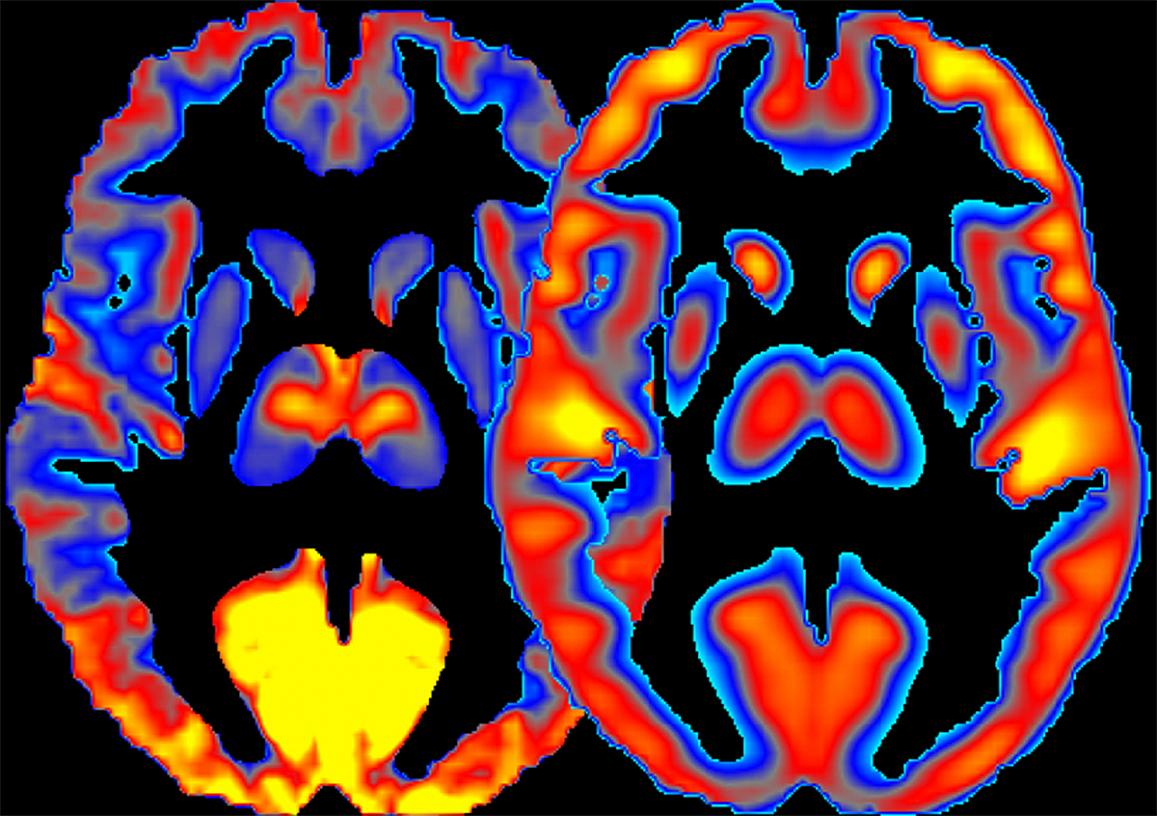IRP study of brain energy patterns provides new insights into alcohol effects
Assessing the patterns of energy use and neuronal activity simultaneously in the human brain improves our understanding of how alcohol affects the brain, according to new research by scientists at the National Institutes of Health. The new approach for characterizing brain energetic patterns could also be useful for studying other neuropsychiatric diseases. A report of the findings is now online in Nature Communications.
“The brain uses a lot of energy compared to other body organs, and the association between brain activity and energy utilization is an important marker of brain health,” said George F. Koob, Ph.D., director of the National Institute on Alcohol Abuse and Alcoholism (NIAAA), part of NIH, which funded the study. “This study introduces a new way of characterizing how brain activity is related to its consumption of glucose, which could be very useful in understanding how the brain uses energy in health and disease.”
The research was led by Dr. Ehsan Shokri-Kojori and Dr. Nora D. Volkow of the NIAAA Laboratory of Neuroimaging. Dr. Volkow is also the director of the National Institute on Drug Abuse at NIH. In previous studies they and their colleagues have shown that alcohol significantly affects brain glucose metabolism, a measure of energy use, as well as regional brain activity, which is assessed through changes in blood oxygenation.
“The findings from this study highlight the relevance of energetics for ensuring normal brain function and reveal how it is disrupted by excessive alcohol consumption,” says Dr. Volkow.

NIH scientists present a new method for combining measures of brain activity (left) and glucose consumption (right) to study regional specialization and to better understand the effects of alcohol on the human brain.
This page was last updated on Friday, January 21, 2022